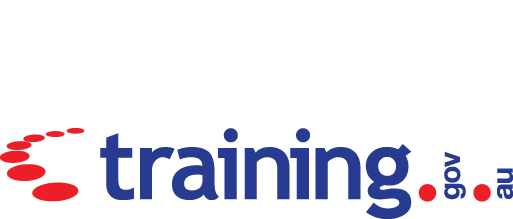Modification History
Not Applicable
Unit Descriptor
|
Unit descriptor |
This unit describes the skills and knowledge required to use techniques, materials and tools for the production of drawings. As such the unit covers general knowledge and the application of basic techniques, which would generally be nominated by the supervisor. It is a specialisation unit and refers to a specific art form. This work would usually be carried out under supervision. It therefore differs from the units which relate to core drawing techniques for concept representation. No licensing, legislative, regulatory or certification requirements apply to this unit at the time of endorsement. |
Application of the Unit
Not Applicable
Licensing/Regulatory Information
Refer to Unit Descriptor
Pre-Requisites
|
Prerequisite units |
It is highly recommended that this unit be assessed in conjunction with:
It could also be assessed in conjunction with:
Depending on the context, combined assessment and/or training with a range of other units would also be appropriate, e.g.:
|
Employability Skills Information
|
Employability skills |
This unit contains employability skills. |
Elements and Performance Criteria Pre-Content
|
Elements describe the essential outcomes of a unit of competency. |
Performance criteria describe the performance needed to demonstrate achievement of the element. Where bold italicised text is used, further information is detailed in the required skills and knowledge section and the range statement. Assessment of performance is to be consistent with the evidence guide. |
Elements and Performance Criteria
|
ELEMENT |
PERFORMANCE CRITERIA |
|
1 Prepare and maintain physical resources to produce drawings . |
1.1 Correctly identify and select tools and materials required for the production of drawings. 1.2 Prepare, clean and maintain tools and materials in accordance with relevant workplace procedures and safety requirements. |
|
1.3 Organise and maintain work space so that it remains clean and safe. 1.4 Store tools and materials in accordance with relevant workplace procedures and safety requirements. |
|
|
2 Use and test drawing techniques . |
2.1 Safely use techniques for the production of drawings. 2.2 Use and test nominated techniques to determine the capability of the technique and its application. |
|
3 Produce the drawings . |
3.1 Determine concept for the proposed drawings based on own ideas or supplied information. 3.2 Correctly identify the steps and resources required to produce the proposed drawings. 3.3 Select appropriate tools and materials for the specific drawings. 3.4 Calculate correct quantities of materials required and minimise waste where possible. 3.5 Use techniques, tools and materials safely to produce the final drawings. |
Required Skills and Knowledge
|
REQUIRED SKILLS AND KNOWLEDGE |
|
This section describes the skills and knowledge required for this unit. |
|
Required skills :
|
|
Required knowledge :
|
Evidence Guide
|
EVIDENCE GUIDE |
|
|
The evidence guide provides advice on assessment and must be read in conjunction with the performance criteria, required skills and knowledge, range statement and the Assessment Guidelines for the Training Package. |
|
|
Critical aspects for assessment and evidence required to demonstrate competency in this unit |
The following evidence is critical to the judgement of competence in this unit:
|
|
Context of and specific resources for assessment |
The assessment context must provide for:
|
|
Method of assessment |
Assessment may incorporate a range of methods to assess performance and the application of essential underpinning knowledge, and might include:
Assessment methods should closely reflect workplace demands (e.g. literacy) and the needs of particular groups (e.g. people with disabilities, and people who may have literacy or numeracy difficulties such as speakers of languages other than English, remote communities and those with interrupted schooling). |
|
Assessment of this unit requires access to the materials, resources and equipment needed to produce drawings. |
|
Range Statement
|
RANGE STATEMENT |
|
|
The range statement relates to the unit of competency as a whole. It allows for different work environments and situations that may affect performance. Bold italicised wording, if used in the performance criteria, is detailed below. Essential operating conditions that may be present with training and assessment (depending on the work situation needs of the candidate, accessibility of the item, and local industry and regional contexts) may also be included. |
|
|
Tools may include: |
|
|
Materials for drawing may include: |
|
|
Workplace procedures may relate to such things as: |
|
|
Organisation and maintenance of the work space may relate to: |
|
|
Within this unit the range of techniques used would generally be quite limited in nature and may include: |
|
|
Testing techniques may include: |
|
|
The concept for the proposed drawings may be influenced by: |
|
Unit Sector(s)
Not Applicable


